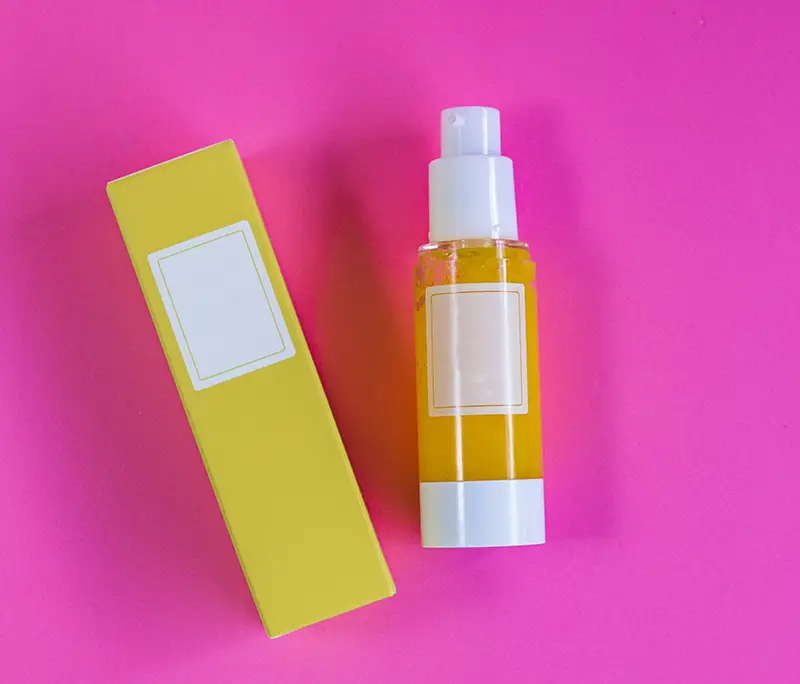Click here to get this post in PDF
For the survival of your business, you need to sell. But with rising competition and easy availability of substitute products, attracting customers is becoming challenging.
According to the Paper and Packaging Board’s research, approximately 72% (7 in 10) customers accept that the product’s packaging and labeling influence their purchasing decision. So, if your product has eye-catching packaging, the chances of its sale increase.
However, designing a captivating product label is easier said than done. You need to take into consideration several factors before finalizing a design. You can reach the experts of graphics and label via alliancegraphicsprinting.com. They will provide everything you need for successful execution in one knowledgeable and capable source.
Identify your target audience
First things first, you need to identify who the target customers of your product are. For that, you need to do a target market analysis. It will help determine the gender, age group, ethnic background, education, income level, and location. Each piece of information serves as a foundation for the packaging and label design.
In addition to this, you also have to do a competitive analysis. It will help you understand what type of designs your target audience likes. You’ll also avoid every chance of creating a similar packaging.
Suppose your product is a face cream and your target audience includes both genders from the age group of 20 to 35. With the help of competitive analysis, you found out that your competitor is using pink in their labeling. In that case, you should try avoiding the same color and select a different approach, like using light blue color and adding droplets that indicate skin hydration. It will make you stand out from your competitors and will help attract more customers.
Determine the message
After identifying your target audience, you need to think about the message that your product wants to communicate. Make sure that the message clearly communicates the USP of your product. Furthermore, it should also indicate who your target audience is. When you have a clear message in mind, it will make it easier to add design elements to the labeling.
For example, if you are a part of the food and beverage industry and your product is juice. In this scenario, your message is that the juice is very refreshing and doesn’t contain any artificial color or flavor. You can do that by using clear labels for juice bottles and focusing on the words like “Real fruits” or “No artificial flavor” on the packaging. Thus, whenever a person looks at your product, he/she knows that the juice is of superior quality.
In short, your message should communicate how the product can benefit its consumers. Keeping the same in mind, you need to come up with impressive keywords that will grab shoppers’ attention.
Select the right material
Generally, companies don’t pay attention to the type and quality of material used for labeling and focus majoring on the designing part. Understand that the physical appearance of packets and tags can impact consumer perception to a great extent. If the label gets damaged or smudged, it will indicate the product is old or used, directly affecting sales. That’s why you need to select the right material for the product.
For instance, using paper labels for glass jars and plastic bottles and holographic labels for beauty products is right. Similarly, the size of the product also influences the material choice. If the product is a microwave, then the labeling will be of the barcode. If it’s an accessory, rattail tags will be used as jewelry labels so that the product stays clean. Overall, you need to understand the different labels and material types when designing.
Choose the typography and color scheme.
Last but not least, focus on the color scheme and typography of the packaging. Try to use colors that define your message. For typography, avoid using monospace and display fonts. Bold and easy-to-read fonts can help you create brilliant typography that emphasizes the USP of the products. For the color scheme, you can take the help of color psychology.
As an example, if you have a luxury product, you can use the color black with gold or silver printing in the packaging. It will indicate that the product is high-end and is made for the wealthy class. Similarly, green color is for growth and strength thus used by food products. So, according to your target audience and the message, select a typography and color scheme,
Wrapping up!
Whether you are redesigning the old product packaging or launching a new product, proper labeling is essential. With the factors given above, you’ll create a perfect product label and quickly grab the attention of your target audience.
You may also like: How You Can Make the Ideal Product Label for Your Bottled Product
Image source: Unsplash.com

